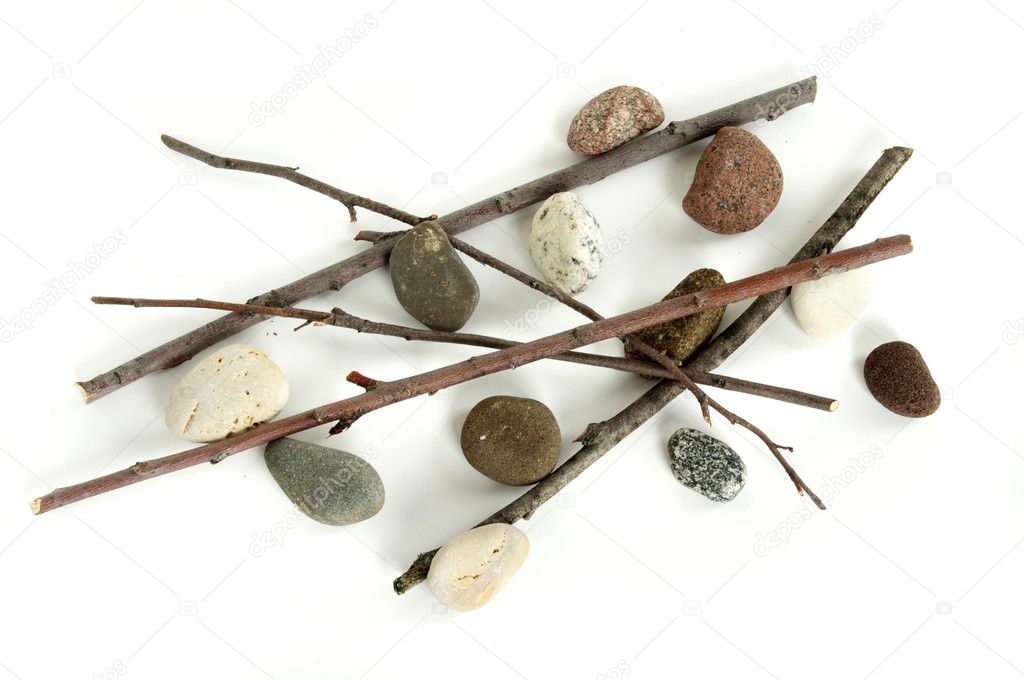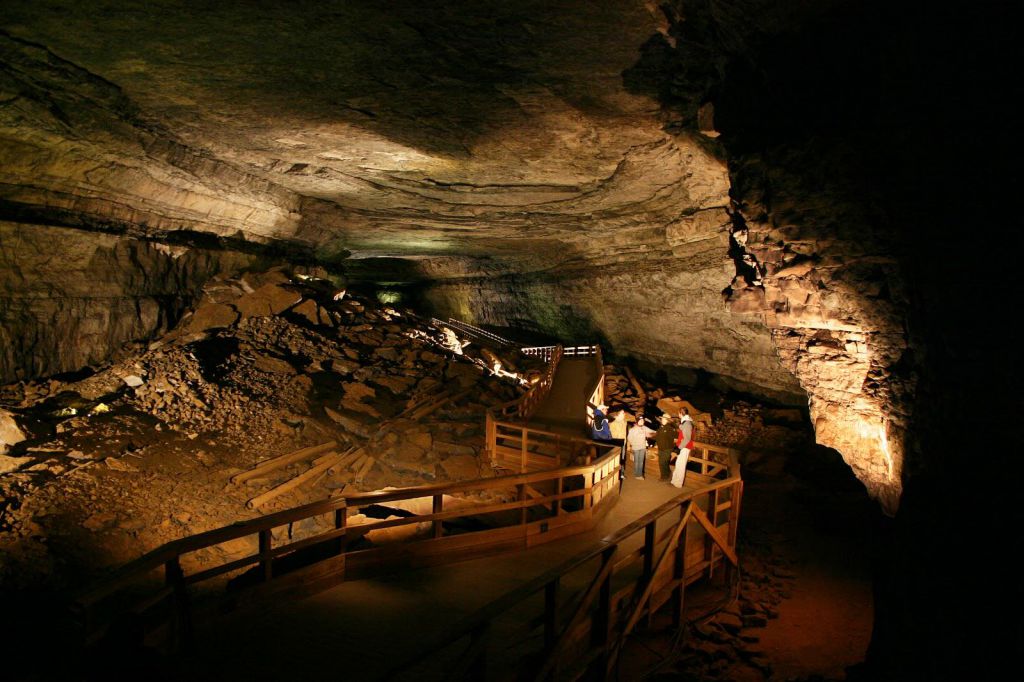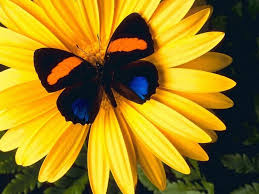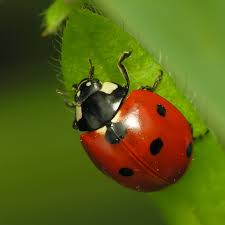Half of the Red class have finished their wild animal model and have done a mini presentation. Next week we will continue with them. The presentations went well, with each child coming forward, displaying their wild animal and saying the following or similar:
- Hello.
- I am a lion – roar, roar.
- Goodbye.
La mitad de la clase roja ha terminado su modelo de un animal salvaje y han hecho una mini presentación. La semana que viene seguiremos con ellas. Las presentaciones fueron bien, con cada niño o niña saliendo delante de la clase, mostrando su animal y diciendo el dialogo de arriba o algo parecido.





